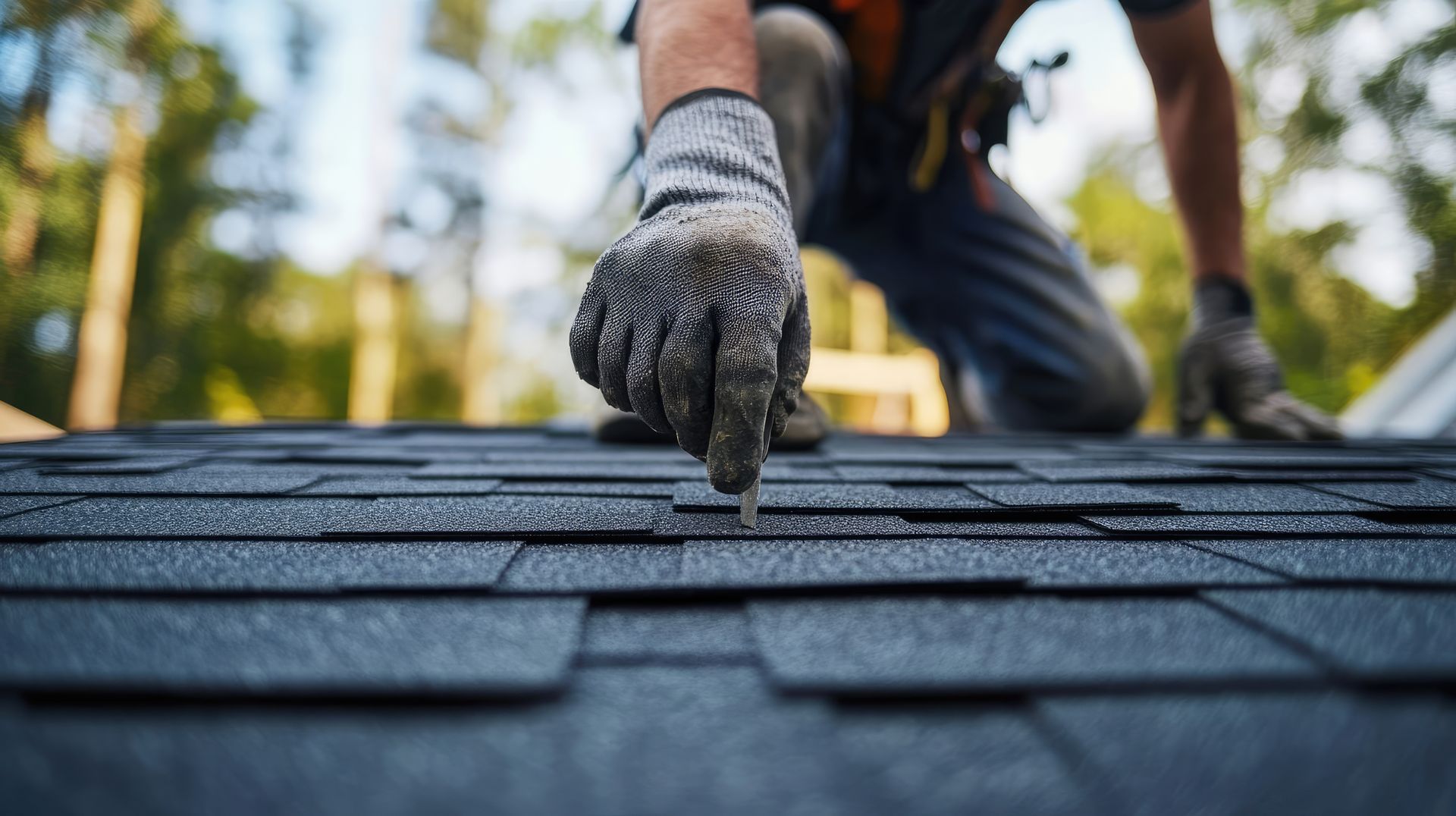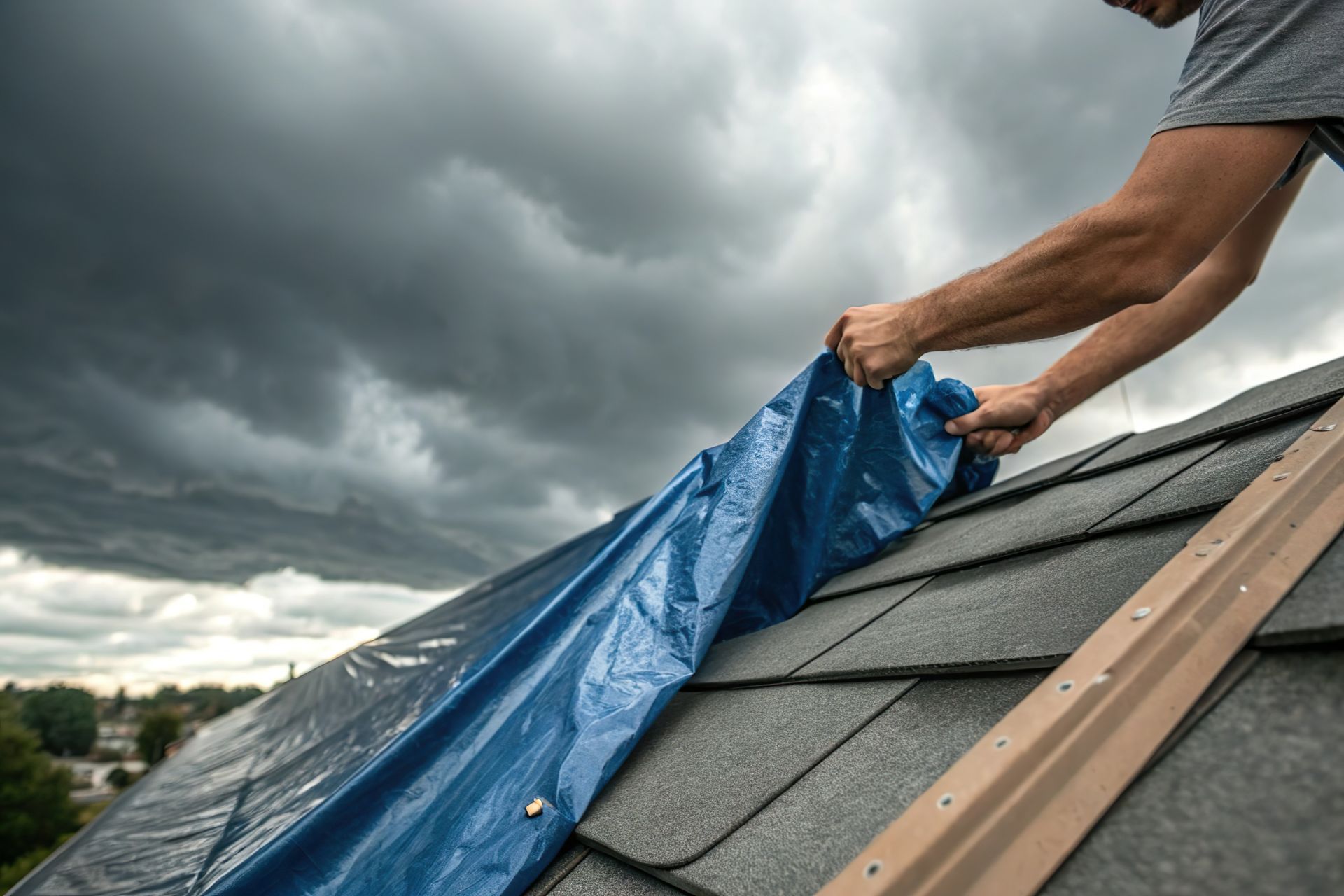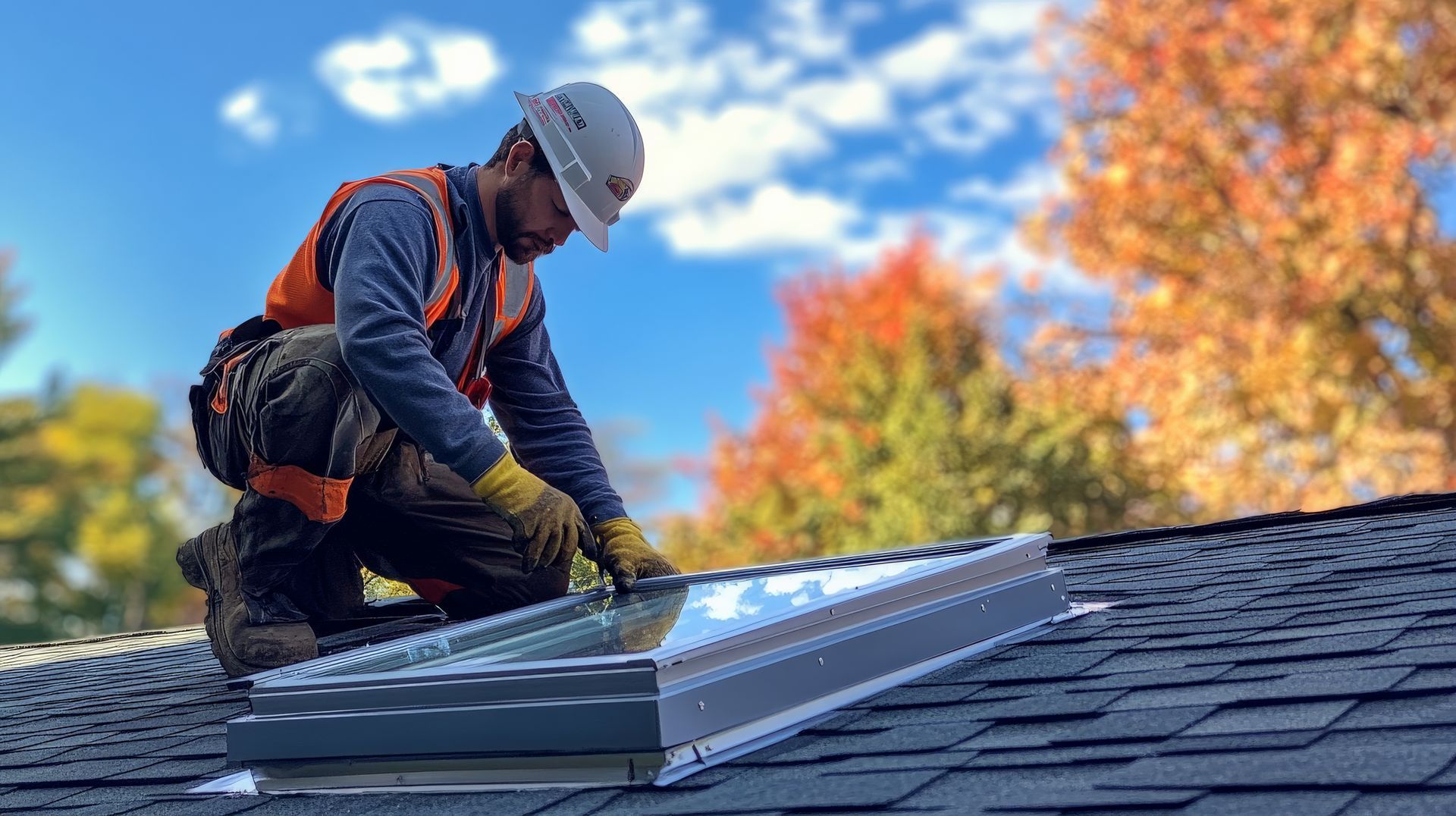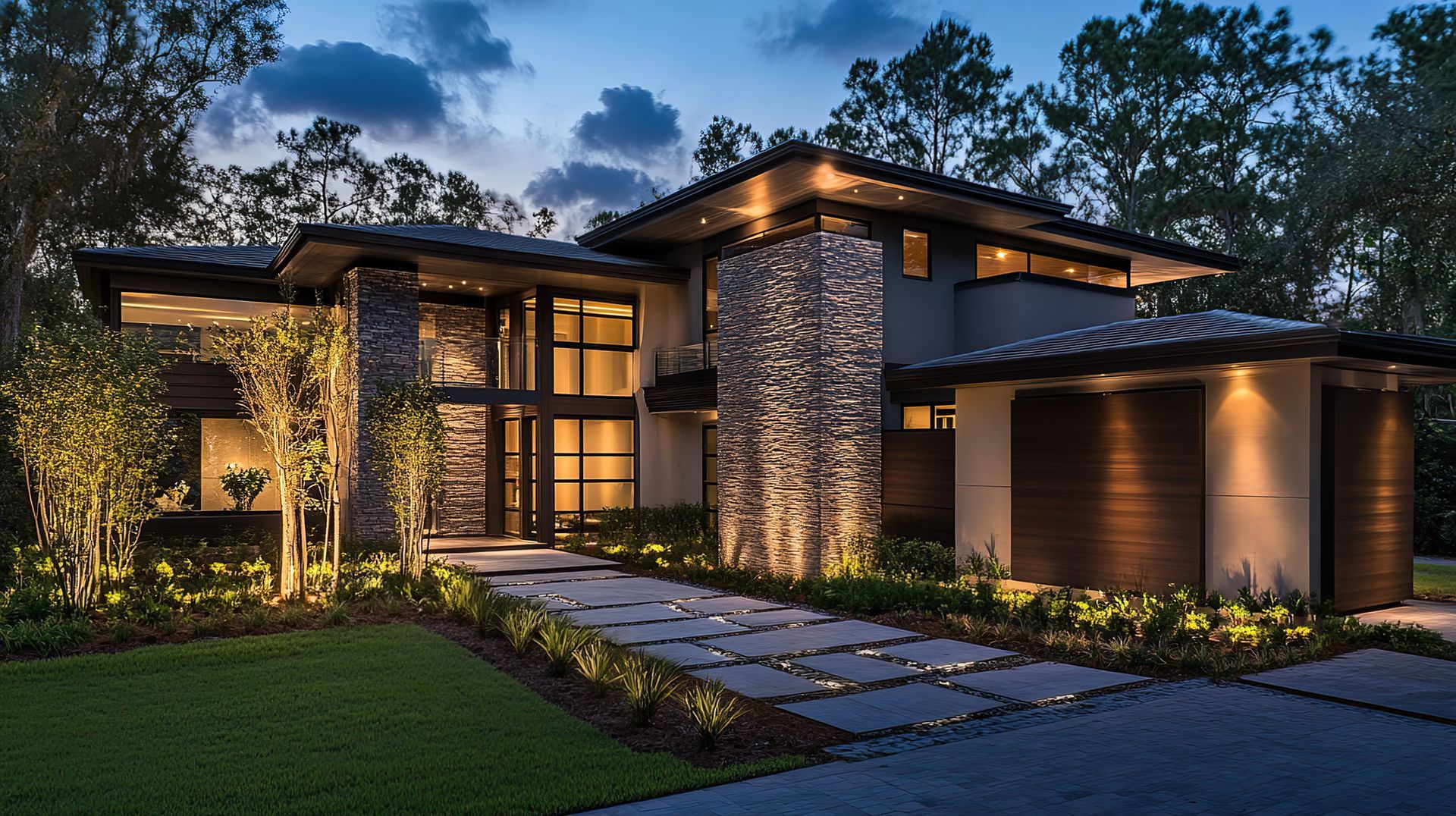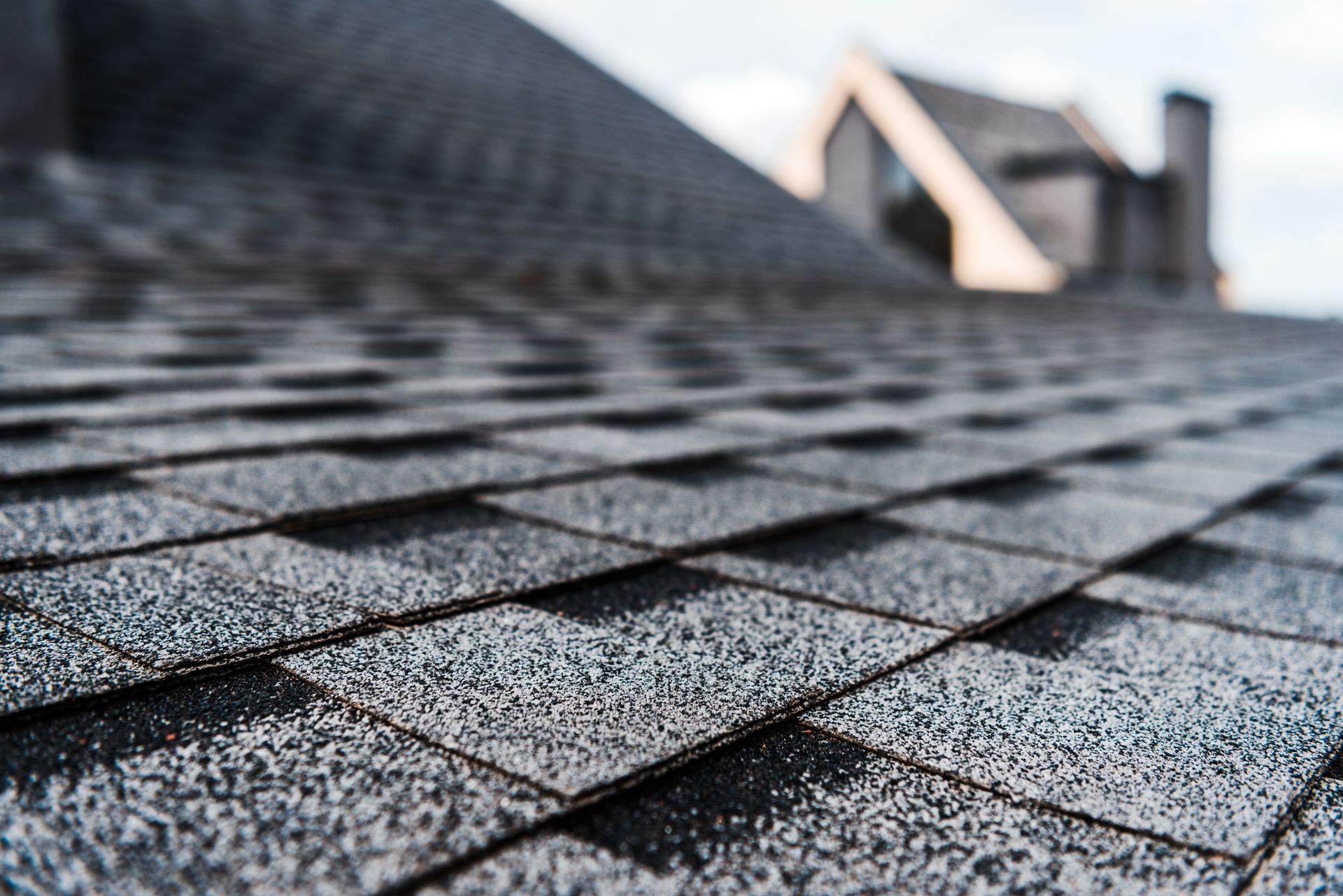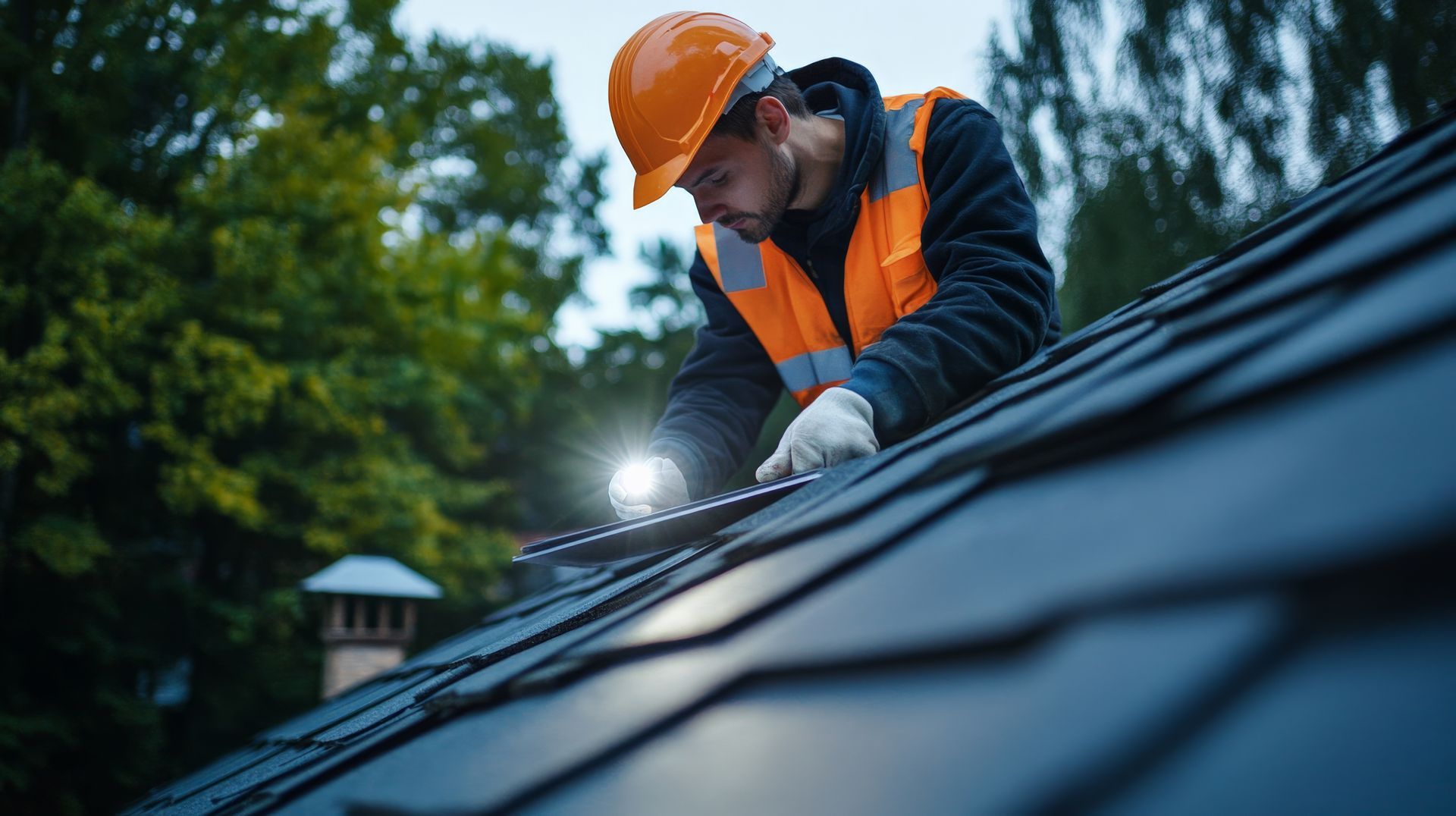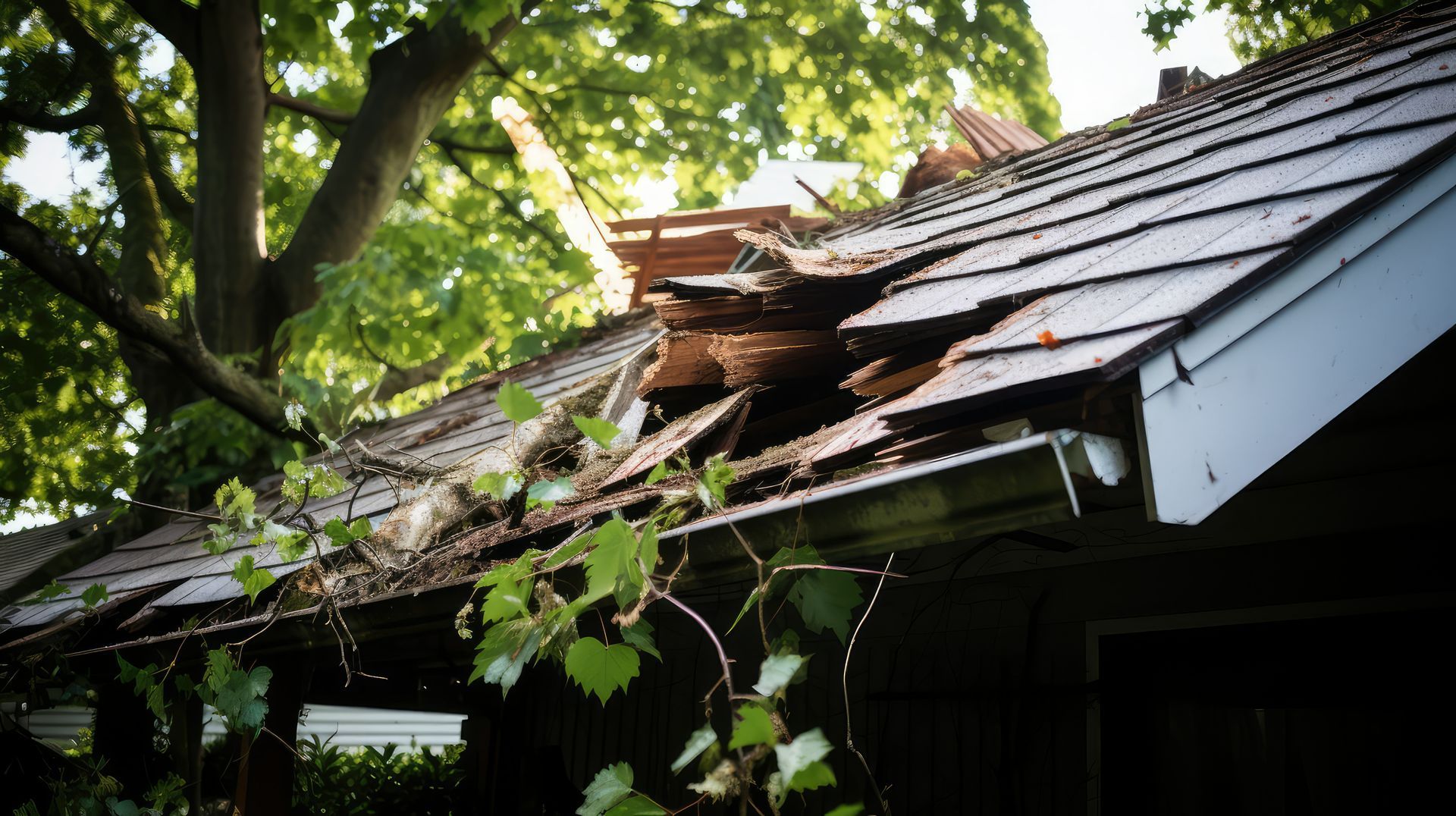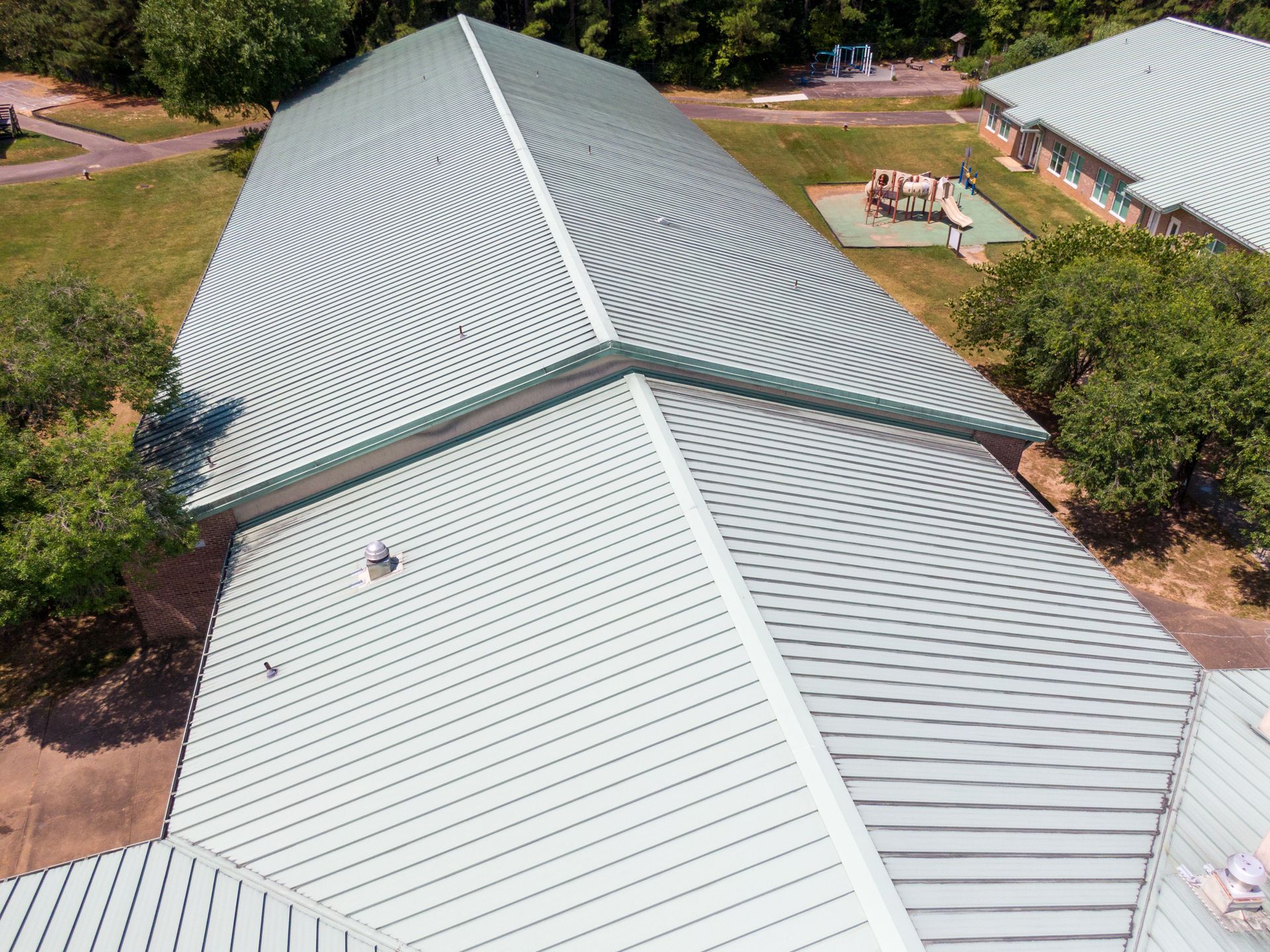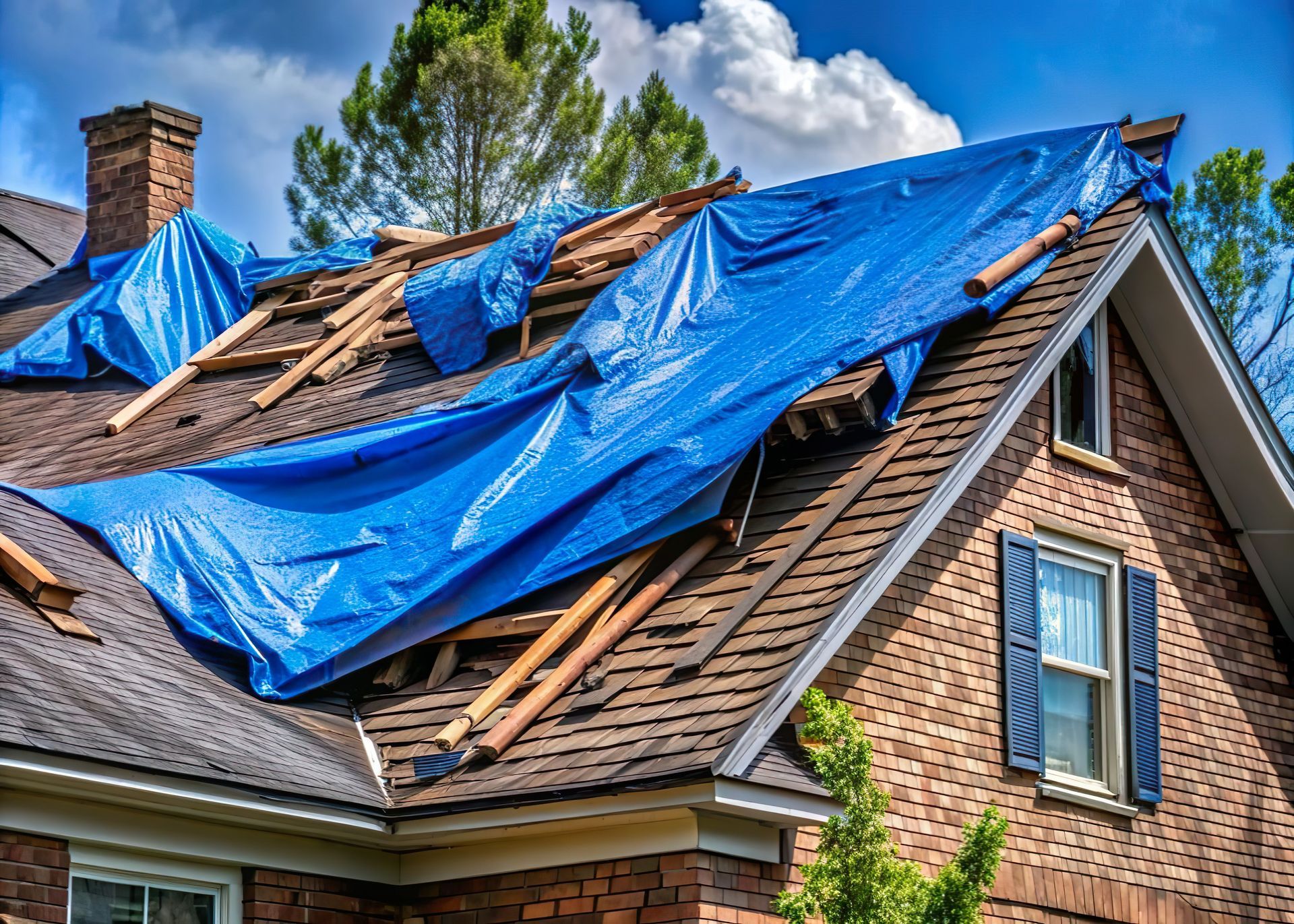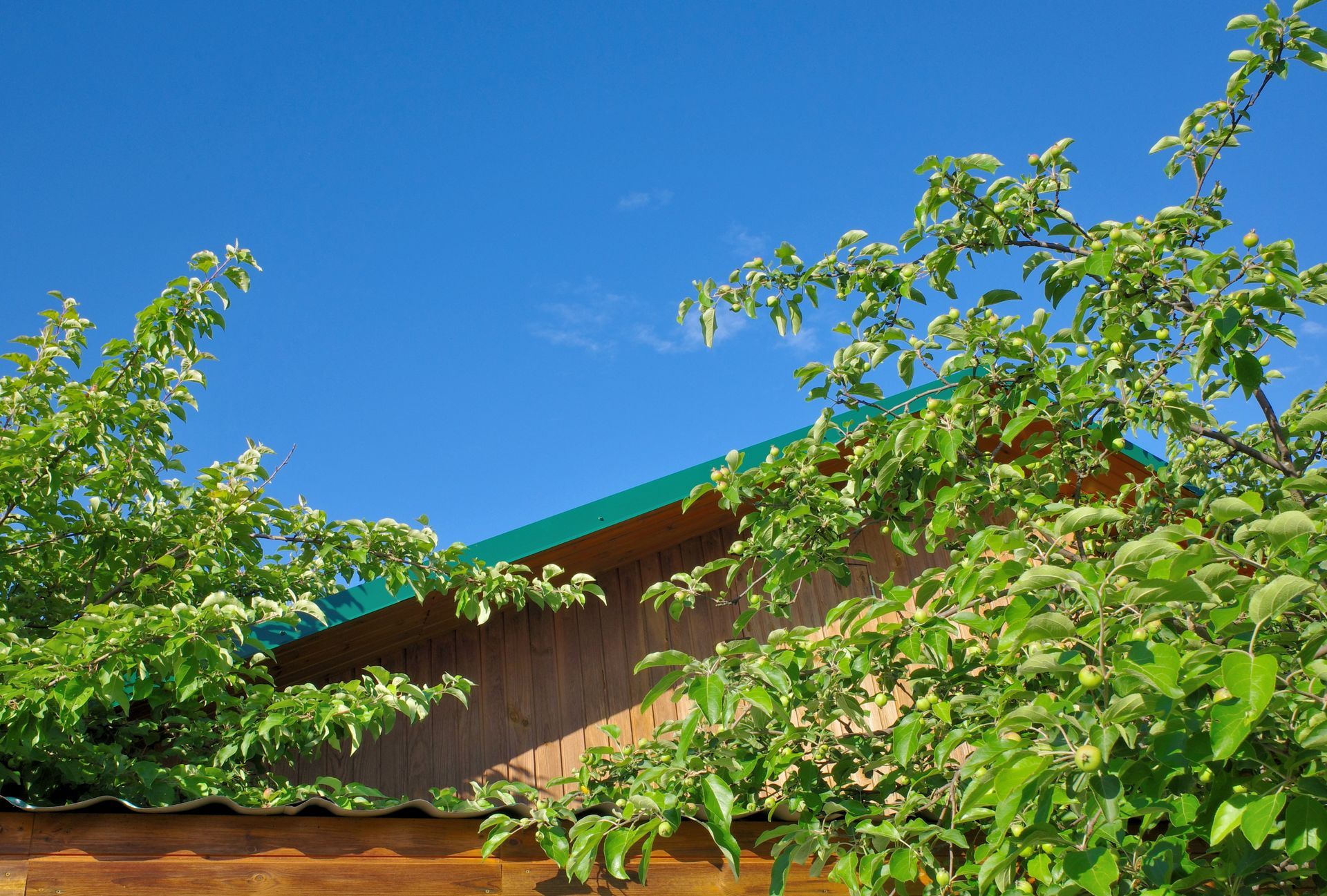Master Roof Restoration Safety: Buckeye Roofing Guide
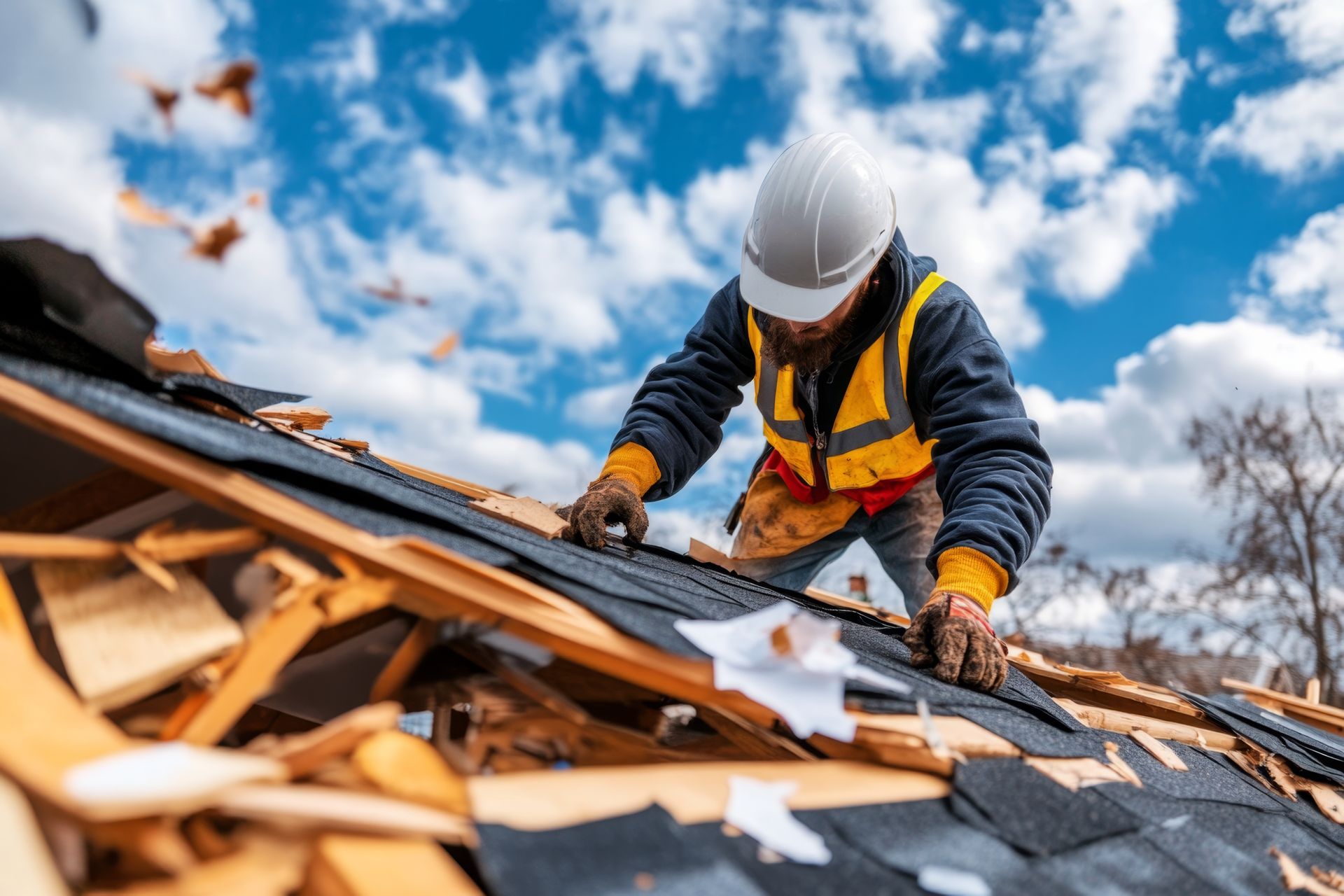
Starting a roof restoration process project is a big choice for homeowners. A restored roof can improve the look of your home and provide better protection, extending the life of your roof and enhancing energy efficiency. However, it's important to think about the type of roof and safety during the roof restoration process. This complete guide from Buckeye Roofing of Columbus highlights key safety considerations. It gives you the information you need to handle your project with confidence and peace of mind.
Essential Steps For A Safe Roof Restoration
A safe roof restoration means more than just finding a good contractor. It needs well-thought-out planning, precise work, and ongoing attention, including regular inspections to catch any minor issues or potential issues to keep your roof’s lifespan in top condition. When you spot possible risks and take steps to prevent them, you help make a safe place for everyone. Here’s the final step, a clear step-by-step guide to help you through the process.
Conducting A Comprehensive Roof Inspection
Before starting any repair work on an old roof, it is important to do a thorough inspection of your roof to assess the extent of the damage. This first check helps ensure a safe and successful project. Begin by looking at your old roof from the ground. Take note of any sagging spots, missing or damaged shingles, or signs of wear and tear. Additionally, look for small leaks. Then, check your attic for water stains, mold, or any light coming in through cracks; these can show structural issues.
Keep in mind that a professional roofer has the skill to spot damage that homeowners might miss. That's why it's a good idea to talk to a certified roofing expert like Buckeye Roofing of Columbus. They can do a complete assessment of the condition of your roof and make sure any problems are found and fixed.
Identifying Hazards And Safety Risks
Understanding hazards is very important for keeping a safe workplace during roof restoration. Start by looking at the safety risks related to your existing roof system. Things like the roof’s age, steepness, height, and material can change how risky it is. Steep roofs, for instance, have a higher chance of falls, while older roofs might have weak spots that can break.
Also, pay attention to other hazards like power lines above, branches from trees, and bumpy ground around your house. Dealing with these issues ahead of time helps reduce risks.
The Importance Of Professional Expertise In Roof Restoration
When you need roof restoration for your entire roof instead of a full roof replacement, addressing extensive damage by getting help from a professional to handle the necessary repairs is a must. A reliable roofing contractor has a lot of knowledge, experience, and special tools. This helps make sure the work is done safely and well, and can be a much more affordable option than complete roof replacement.
Though it might be tempting for homeowners to try a DIY method to save money, it can cause expensive mistakes. This could put your safety at risk and harm the quality of the project.
The Advantages Of Hiring Licensed Contractors
Choosing licensed contractors, like those at Buckeye Roofing of Columbus, has many benefits. They know a lot about commercial roofing materials, installation methods, and safety rules. This knowledge helps your project meet the top industry standards.
Skilled roofers get regular training. This keeps them updated on the newest roofing technologies and peace of mind practices. Plus, trusted contractors have the right insurance. This keeps you safe from any problems during the project in case of accidents or surprises.
Ensuring Compliance With Local Building Codes
Navigating the complexities of building codes can be overwhelming for homeowners and building owners. Compliance with local regulations is non-negotiable, ensuring your roof restoration project meets safety standards and structural integrity.
Licensed roofing contractors are well-versed in these regulations and obtain the required permits before commencing work. This due diligence provides you with peace of mind, knowing your project adheres to legal requirements.
| Local Building Codes | Description |
|---|---|
| Residential Roofing Code | Dictates the standards for materials, installation methods, and safety measures for residential roofing projects. |
| Wind Resistance Requirements | Stipulates the wind uplift resistance capacity of your roof, especially crucial in hurricane-prone regions. |
| Fire Safety Regulations | Outlines the use of fire-resistant materials and construction techniques to minimize fire hazards. |
Protective Measures And Equipment For Roof Restoration
Making sure everyone is safe during a roof restoration project is very important. You need to focus on safety by using the right protective equipment and measures. When you have these safety steps in place, you lower risks and ensure a safe work area.
Using simple personal safety gear and special fall protection systems is key. Each part is important to help stop accidents and injuries from happening.
Utilizing Proper Safety Gear And Equipment
- It's very important to give your roofing team the right safety gear.
- This should include hard hats to keep safe from falling objects.
- They need protective measures, safety glasses for their eyes, and firm, non-slip shoes to avoid slipping.
- Harnesses that are fastened well to the roof are key for stopping falls, especially on steep roofs.
- Weather also plays a role in what gear is needed.
- In cold weather, gloves help with grip, and in hot weather, breathable clothes are a must.
- It's also essential to have a first-aid kit ready on-site to handle any small injuries.
Implementing Fall Protection Systems
Falls are one of the main reasons for injuries in construction. Because of this, it is very important to have strong fall protection systems in place when doing roof maintenance. These systems include more than just personal safety harnesses. They also include guardrails, safety nets, and warning lines set up around the roof’s edge. Learn more on Common Issues Found During Roof Inspections.
You should check these systems every day to make sure they are not worn out. This helps in preventing accidents. Also, fix any structural issues like loose or damaged roofing materials that could weaken the system.
- Guardrails: These are strong barriers placed along roof edges to stop people from falling.
- Safety Nets: These are set up in certain spots to catch anyone who falls.
- Warning Lines: These are clear lines that show how far back to stay from the edge of the roof.
Preparing Your Property For Roof Restoration
Getting your property ready before your roofing team arrives helps things go better and safer. Doing this reduces risks and makes the workspace neater.
If you take some simple steps, you can keep your plants safe, protect your things, and make an easy path for your roofing contractor.
Securing The Work Area To Prevent Accidents
- It is important to create a secure work area around your home. This helps to prevent accidents during roof restoration.
- Start by marking the work zone clearly. Use cones, caution tape, or barriers. This will alert family members, neighbors, and passersby about possible dangers.
- Move any vehicles parked near the work area. This will help avoid damage from falling debris.
- Make sure to secure or temporarily remove outdoor furniture, grills, and other items. These could cause tripping hazards for your roofing crew.
- Keep access clear to doorways and walkways.
Protecting Landscaping And Surrounding Areas
Roofing projects can result in debris falling from the roof. This could lead to property damage. To avoid this, take steps to protect landscaping. You can cover fragile plants, shrubs, and flower beds with tarps or plywood. If you can, trim the tree branches that hang over the roof to reduce debris and damage.
Let your roofing contractor know about any special landscaping features that need extra attention. By following these simple steps, you can lower the chances of damage. This way, your property stays looking great after the roof work is done.
Conclusion
It is very important to prioritize safety when doing roof restoration projects. You should follow some key steps. These include checking everything carefully, finding any dangers, and using the right safety gear. This will help create a safe work environment. Hiring licensed contractors who know what they are doing is a good idea. They will make sure you follow building codes and reduce risks. You should also protect your property and area during the restoration process. Remember, safety measures and equipment are essential for a successful project. If you want to start a safe and successful roof restoration journey,
contact our experts for help.

